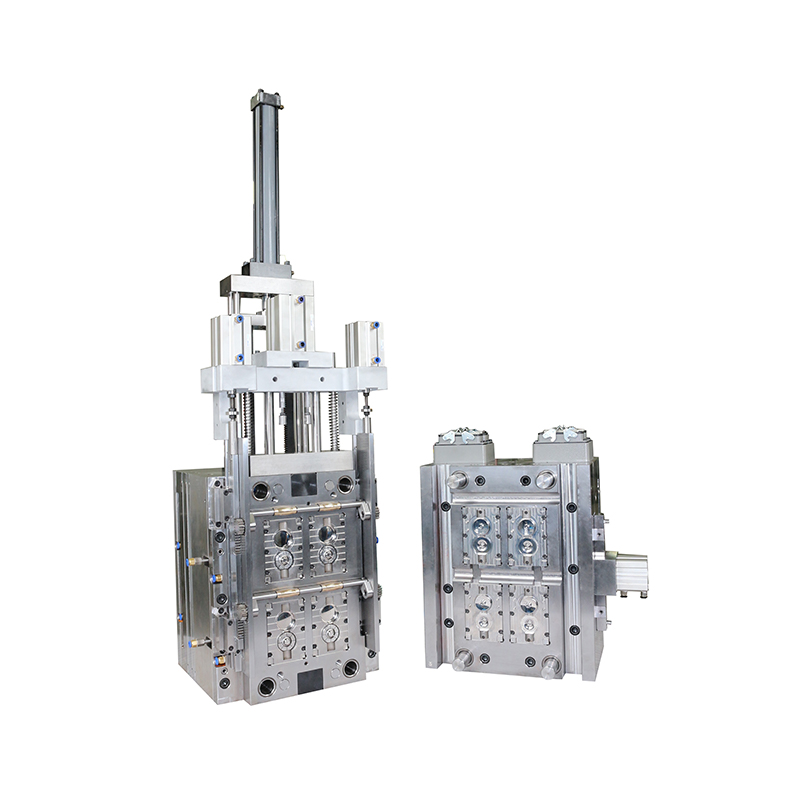In Bi-color Injection Mould production, the biggest difference between sequential molding and co-injection molding is how the two processes introduce different colors or materials into the mold.
In sequential molding, the mold is filled with one color or material at a time. First, a color is injected and allowed to set in specific parts of the mold. A second color or material is then injected into another part of the mold, overlapping the previously injected material. Repeat this process until the desired two-color or multi-color effect is achieved. Sequential molding allows precise control of the placement and transitions between colors or materials, making it suitable for creating complex and detailed two-color injection molds.

Co-injection molding, on the other hand, involves injecting two or more colors or materials simultaneously through separate injection units. Different colors or materials are combined and flowed together within the mold cavity to form an integrated two-color or multi-color product. Co-injection molding offers the benefits of increased material strength, faster cycle times and increased design flexibility. However, achieving clear color separations and complex color patterns can be more challenging than sequential molding.
The main difference between the two is the order and method of introducing color or material into the mold. Sequential molding fills the mold in stages, allowing for precise control of color transitions, while coinjection molding combines multiple colors or materials simultaneously, providing advantages in material performance and cycle times.



 English
English Español
Español










